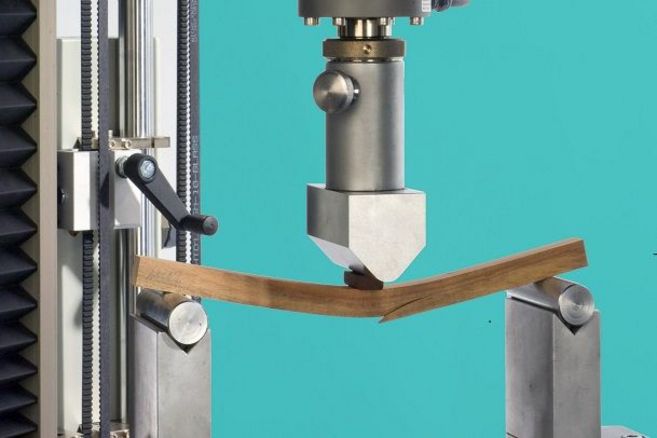In 1946, Walter Liese began studying forestry in Freiburg, having fortunately survived the war years unscathed. In 1951, at the age of 25, he completed his doctorate at the Forest Botanical Institute in Hannoversch Münden under the supervision of Prof. Herbert Zycha on the topic of "The significance of wood structure for the penetration of oily wood preservatives". In the context of his dissertation, Walter Liese used contacts with the later Nobel Prize winner for physics Prof. Ernst Ruska to use the new technique of electron microscopy to characterize the fine structure of wood and published the first electron microscopic image of a wood microstructure. Walter Liese pursued the pioneering use of the new technique at further research stations in Düsseldorf and Freiburg, where, after a brief industrial stopover, he continued his electron microscopic work at the Chemical Institute of Prof. Hermann Staudinger (Nobel Prize for Chemistry 1953). He also remained true to the topic of electron microscopy and wood microstructure for his habilitation, which he completed in 1957.
Walter Liese received a trend-setting stimulus during a research stay in India, where he became interested in the important raw material bamboo. After his research assistantships at the Forest Botanical Institute of the University of Munich with Prof. Bruno Huber and at the Institute for Wood Research with Prof. Franz Kollmann, Walter Liese accepted a professorship for wood biology and wood preservation at the University of Hamburg in 1963. Due to the cooperation model between the university and the Federal Research Institute for Forestry and Timber Industry, he had to manage an institute subordinate to the Federal Ministry of Agriculture with its tasks for politics in addition to his university duties. In this field of responsibility, he expanded the competencies of Hamburg's wood research from basic research to application and also had a decisive influence on the wood industry degree programme. As a result, many doors were open to graduates in industry and science.
Due to his leading position in many areas of wood research, he was elected IUFRO President for the period 1977-1981. Through his tireless efforts across borders and ideologies, he also succeeded in establishing joint exchanges between scientists from the People's Republic of China and Taiwan, as well as the increasing involvement of Eastern European players in wood research.
Even after his retirement in 1991, he continued his scientific work, international cooperation and promotion of young scientists, so that not only about 500 publications but also various books testify his creative power. Pioneering achievements in the field of the fine structure of wood, electron microscopy, the use of bamboo as a raw material, fundamental work in tree care and findings on wound reactions of trees have attracted worldwide attention.
We will remember Walter Liese as a long-time companion with great gratitude and respect.




![[Translate to English:] Logo des Bundesministerium für Ernährung und Landwirtschaft](/media/allgemein/logos/BMEL_Logo.svg)